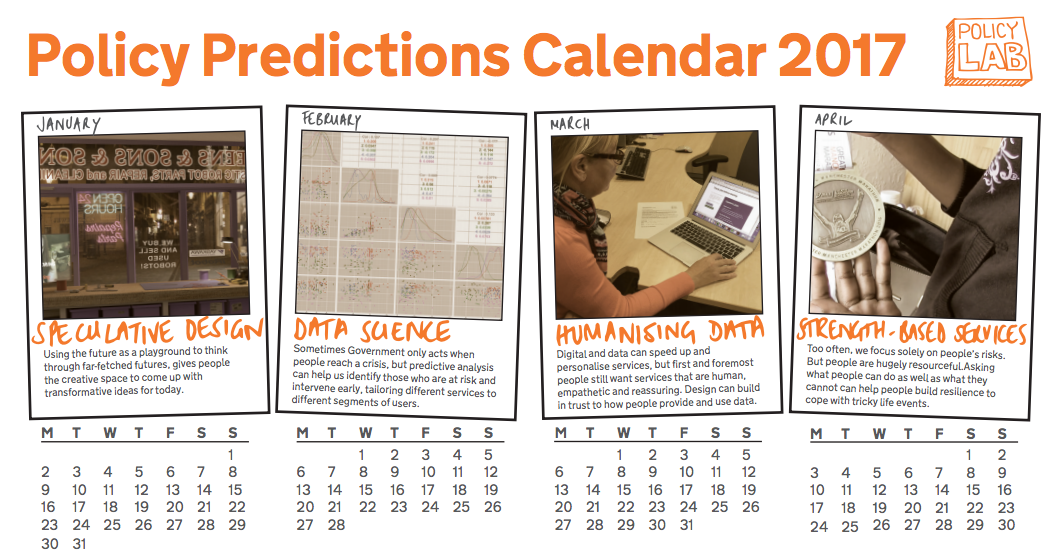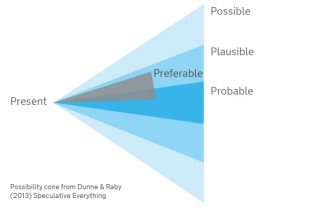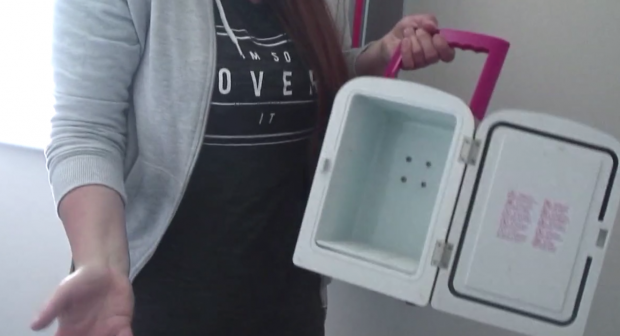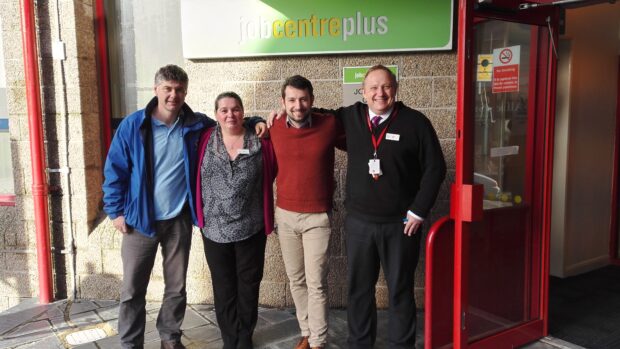
2016 brought a few surprises. We don’t know what 2017 will bring, but that hasn’t stopped us from putting together a few predictions based on the things we have seen in our various projects over the last year. We’ve produced this Policy Lab predictions calendar. Some ideas aren’t necessarily new but we think we will see an increase in their use. If you’re already using some of the approaches or want to know more about them, please get in touch.
Our policy predictions for 2017
More policy makers will look to speculative design for answers
Using the future as a playground to think through far-fetched scenarios, gives people the creative space to come up with transformative ideas for today. Nesta’s great blog explains more about this method.

Data science will be increasingly understood and used
Sometimes policies only come into action when people reach a crisis, but predictive analysis can help us identify those who are at risk and intervene early, tailoring different services to different segments of users. Our data science work on the indicators of homelessness helped shape the Department for Communities and Local Government Homelessness Prevention Fund, asking local authorities to focus on how they would use data to prevent homelessness in their local areas.
But design will help us humanise and make sense of the data
Digital and data can speed up and personalise services, but first and foremost people still want services that are human, empathetic and reassuring. Design can build in trust to how people provide and use data.
Design will help us build strength-based services
Too often, we focus solely on people’s risks. But people are hugely resourceful. Asking what people can do as well as what they cannot can help people build resilience to cope with tricky life events.
And focus on helping people become more resilient
People with complex issues need specialised services e.g. mental health or occupational health services. But they also need a boost in their confidence to take action and create a plan for the future.
Film ethnography will be increasingly used in research
Seeing things from a user’s perspective can change our understanding of how people experience policy decisions which are based around rules and organisations created in Whitehall. It also provides images that stick in people’s minds, something that wordy reports can fail to do.

Policy-makers will get out and about to co-design and prototype
In an increasingly devolved delivery landscape, by opening up our ideas and insight to local areas we can co-design and trial ideas, getting local buy-in and spotting errors early.

Frontline staff will have more power
The best front-line workers are translators between policy and delivery, knowing how to navigate systems and build relationships. We need to give them permission to be creative, flexible and user-centred in their approach.
They’ll offer navigation and coaching instead of just ‘doing to’
While some people might need specialised support, others might just require coaching to navigate complex services, or build skills and support networks around themselves.
Service Blueprints will help us turn ideas into reality
Often policy ideas are not implemented successfully because no-one knows about them. A service blueprint maps out how a user becomes aware of your policy as well as how they access, use and leave it.
Fresh ideas will come from outside
Students have their eyes wide open to the world and can bring in fresh perspectives and ideas to old problems. Collaborating with universities is a great way to access fresh talent and inspire future policy designers. This year Policy Lab and the Government Office for Science are sponsoring a brief for the RSA Student Design Awards. Having already run workshops with the students on the policy issue, we are excited to see what they bring to the table.